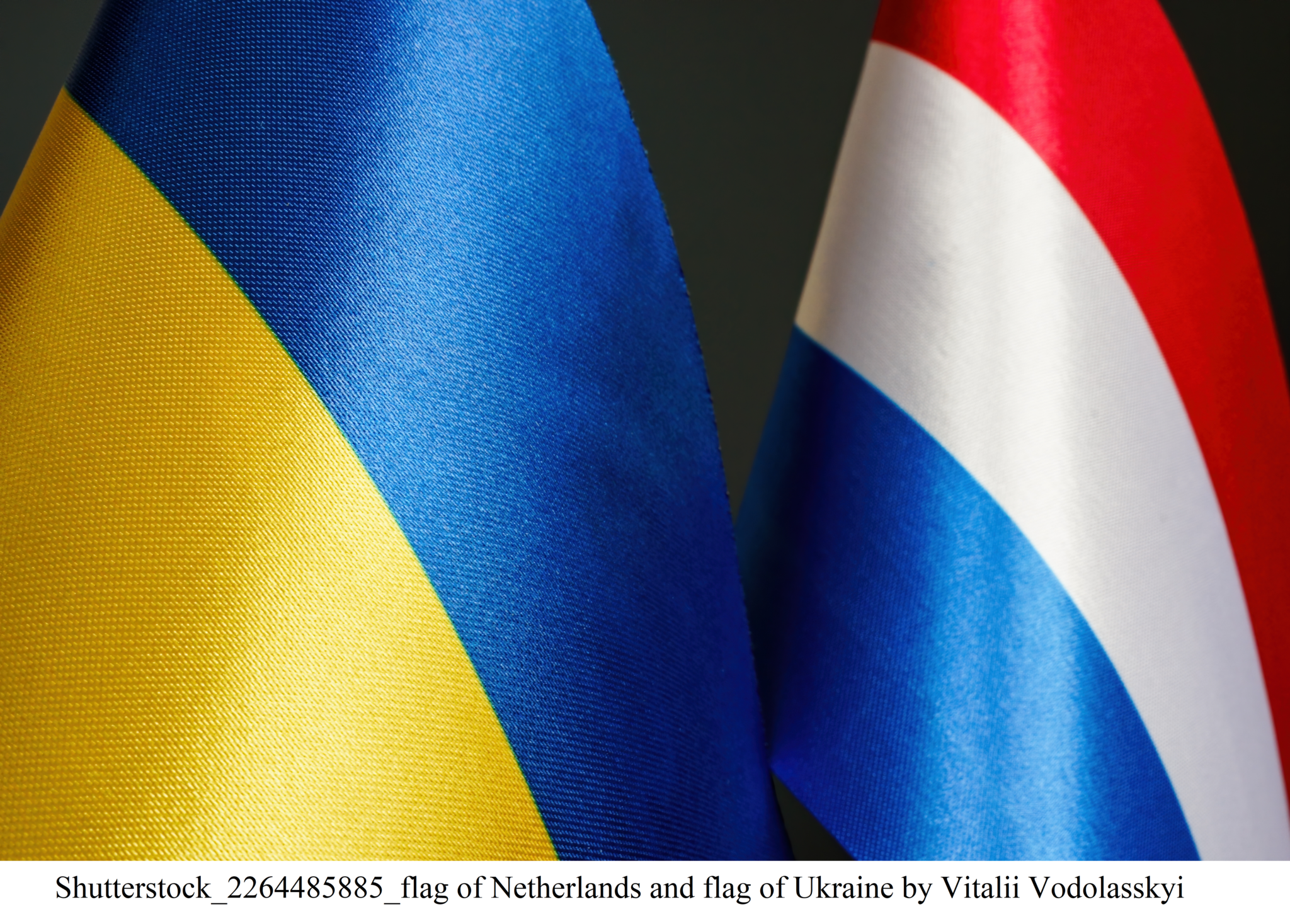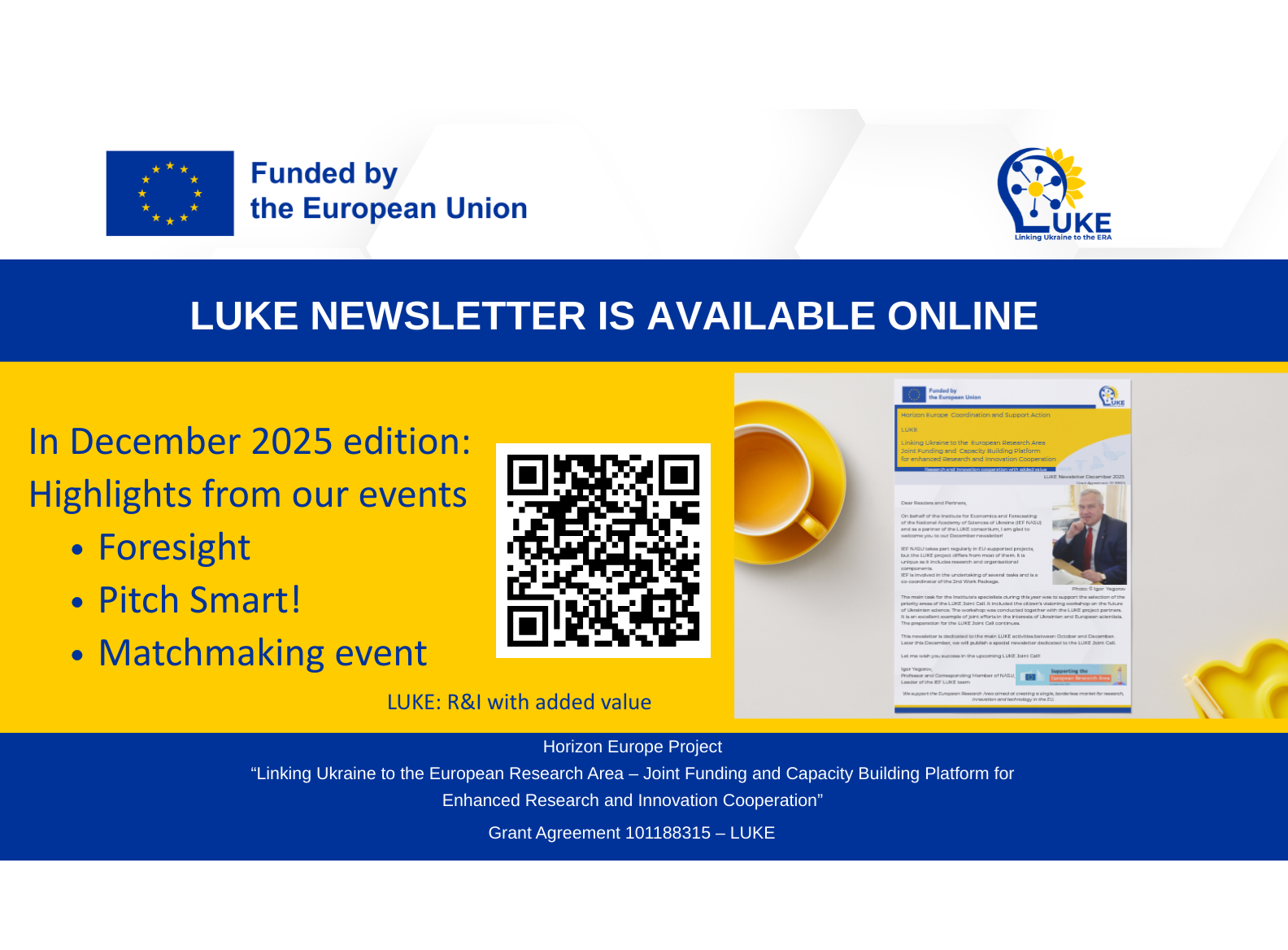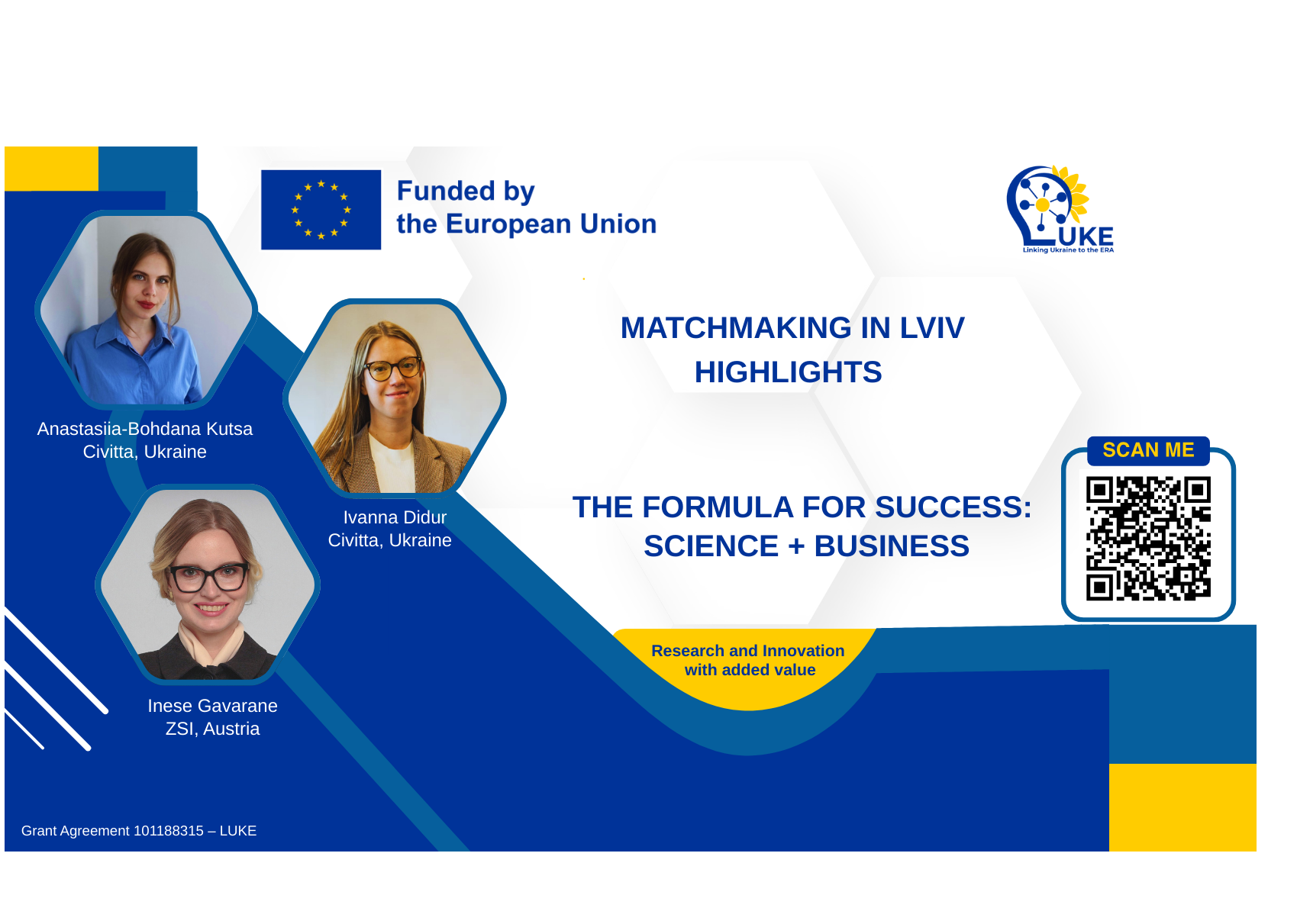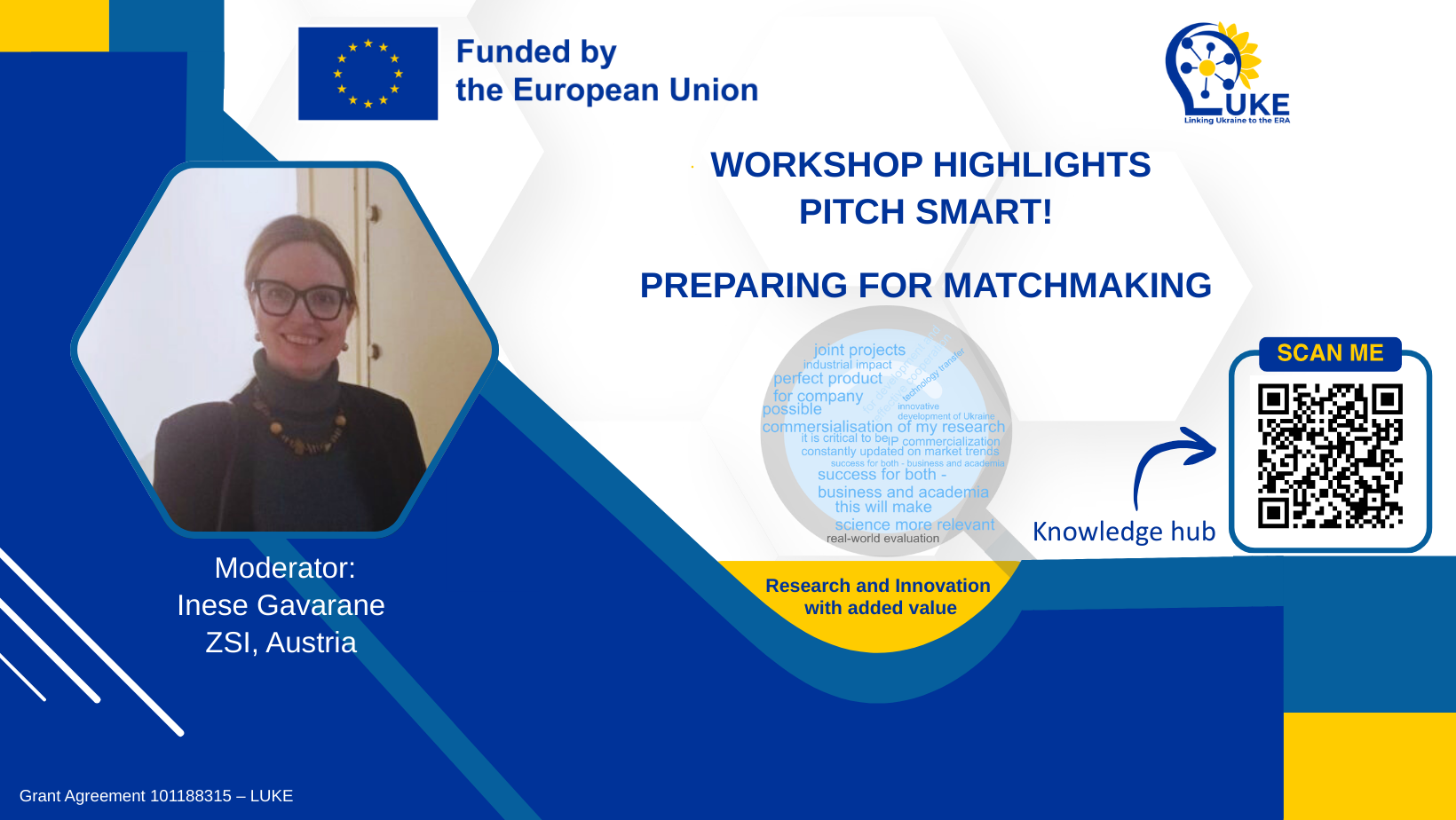Researchers have designed a device that will help perform complex operations immediately after evacuation from the area of fire
The task of combat medics is to evacuate a wounded soldier from the battlefield as quickly as possible, and the task of military doctors is to provide first aid. If a soldier needs a complicated surgery, he is transported by plane to a hospital in Kyiv or another large city where highly qualified surgeons’ work. It takes a lot of time.
In order to save precious time for the wounded, researchers from the Taras Shevchenko University Clinic and medical practitioners decided to create a device that would connect the damaged vessels and help military surgeons rescue the wounded in the early stages of medical evacuation. This is how the idea of the project ‘Application of domestic laser and electric welding technologies in the treatment of wounds and trophic disorders of soft tissues caused by combat injuries and diseases of the main vessels’ arose, which researchers submitted to the National Science Foundation of Ukraine in 2020. They were successful in the call and received grant funding in the amount of about 10 million hryvnias.
The project PI is the Director of the Taras Shevchenko University University Clinic, vascular surgeon Viktor Chernyak, who has been performing surgeries for over thirty years. Since 2014, the surgeon has been operating on fighters who defend the territorial integrity of Ukraine. He and his colleagues cooperate with the National Military Medical Clinical Center “Main Military Clinical Hospital”, Kharkiv Military Medical Clinical Center of the Northern Region, Odessa Military Medical Clinical Center of the Southern Region.
– Only in the Kyiv hospital during the war there were operated 57 servicemen with vessels wounds – says the surgeon. – That’s a lot. Every second is important for these wounded, and the operation must be performed as soon as possible!
Connect the vessels by welding
What kind of device is this? Who creates it? And is the work progressing successfully?
Viktor Chernyak said that the project is being carried out by the team of practicing doctors.
The PI said that an experimental sample of a device for seamless connection of main arteries and veins has already been created. In the laboratory of the KNU clinic researchers conducted experiments: ‘welded’ vessels on bioimulators (they used pig’s biomaterial). “Tests on vascular simulators have shown that the device works successfully,” the researcher said. “We have carefully studied on which vessels this device can be used and on which not. Histology of ‘welded’ seams was made, and also they were checked for strength. The results are good. The device can easily be used by doctors near the combat zone. The next stage is clinical trials.”
To treat wounds with a laser
In addition to the device for welding vessels, the project team is also working on the creation of a system of magnetic laser therapy for the treatment of combat wounds and trophic disorders of combatants in eastern Ukraine, as well as their rehabilitation. With the NRFU grant funding the clinic purchased a laser (it cost almost six hundred thousand hryvnias) which subcontractors are now processing according to the tasks of the researchers.
“Simply put, we adapt the laser for the needs of wounded soldiers and other patients”, Viktor explained. “With the help of laser therapy during the surgery we treat wounds and significantly improve blood flow in the vessels. I am confident that this technology will help put many patients on their feet.”
Recommendations for practicing surgeons
Researchers are confident that at the last stage of work they will receive the best version of laser technology.
Of course, the prototype should not remain just a sample. That is why researchers talk about the results of their work during conferences, published a monograph, prepared guidelines for surgeons. The recommendations explain in detail how to use laser and welding technologies.
Svitlana GALATA





